Glass Bottle Melting and Fusing
Changing the cutting technique on my other glass creations from using a diamond table saw to a hand held blade was good idea until it came to separating the sections- ending up in shattering the glass in different shapes on more than one attempt!
Arranging these shapes in an bowl shaped mould and placing into the kiln for day produced these final outcomes: showing change in colour and texture depending on how I positoned the segments.
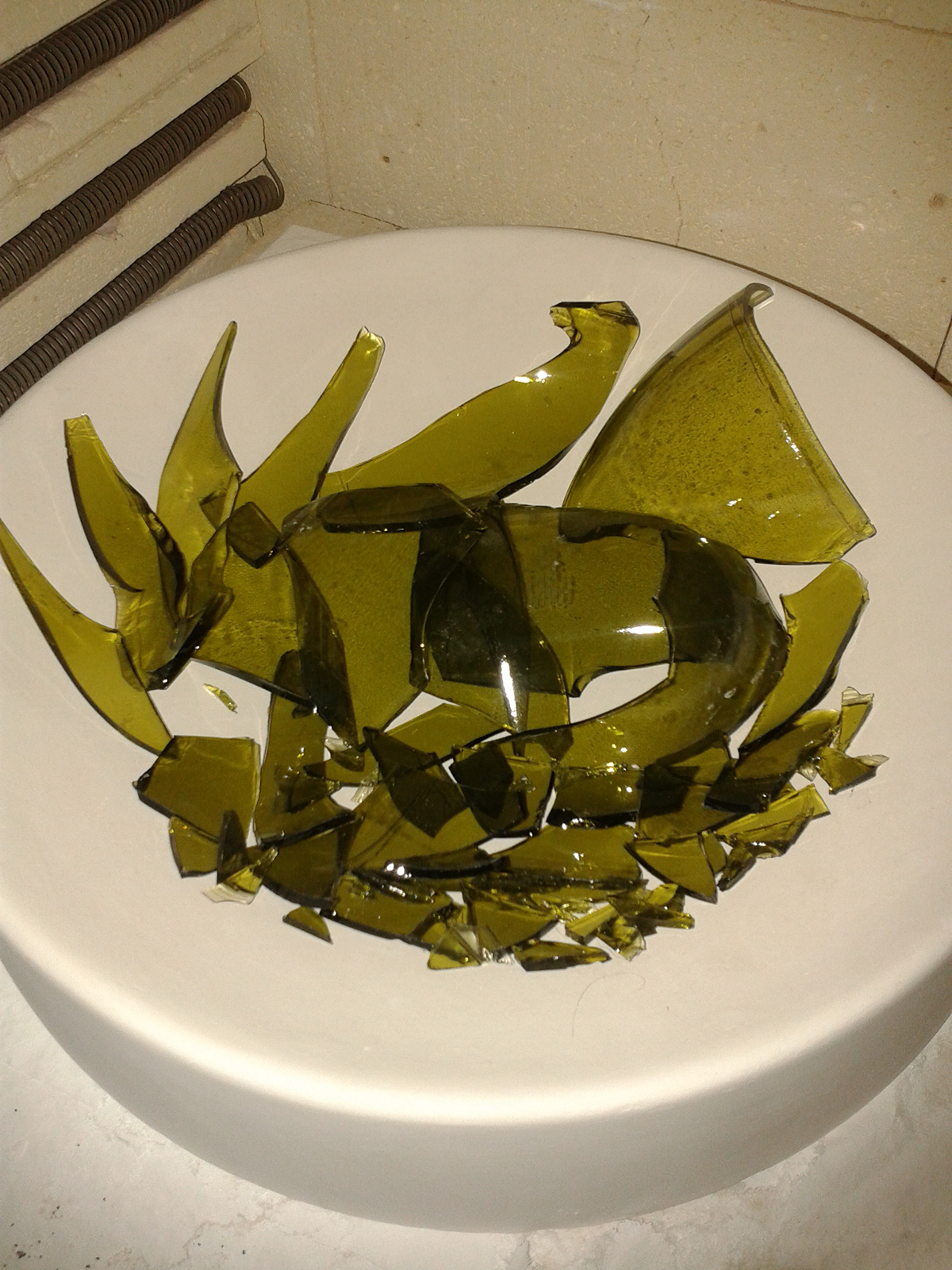
My positioned segments of bottle: some facing upward and some down, some overlapping and some pointing away from any other pieces. I don't know how I was expecting this to come out because I have never done any kiln forming before; but if this is successful, I hope to do some again in the future.
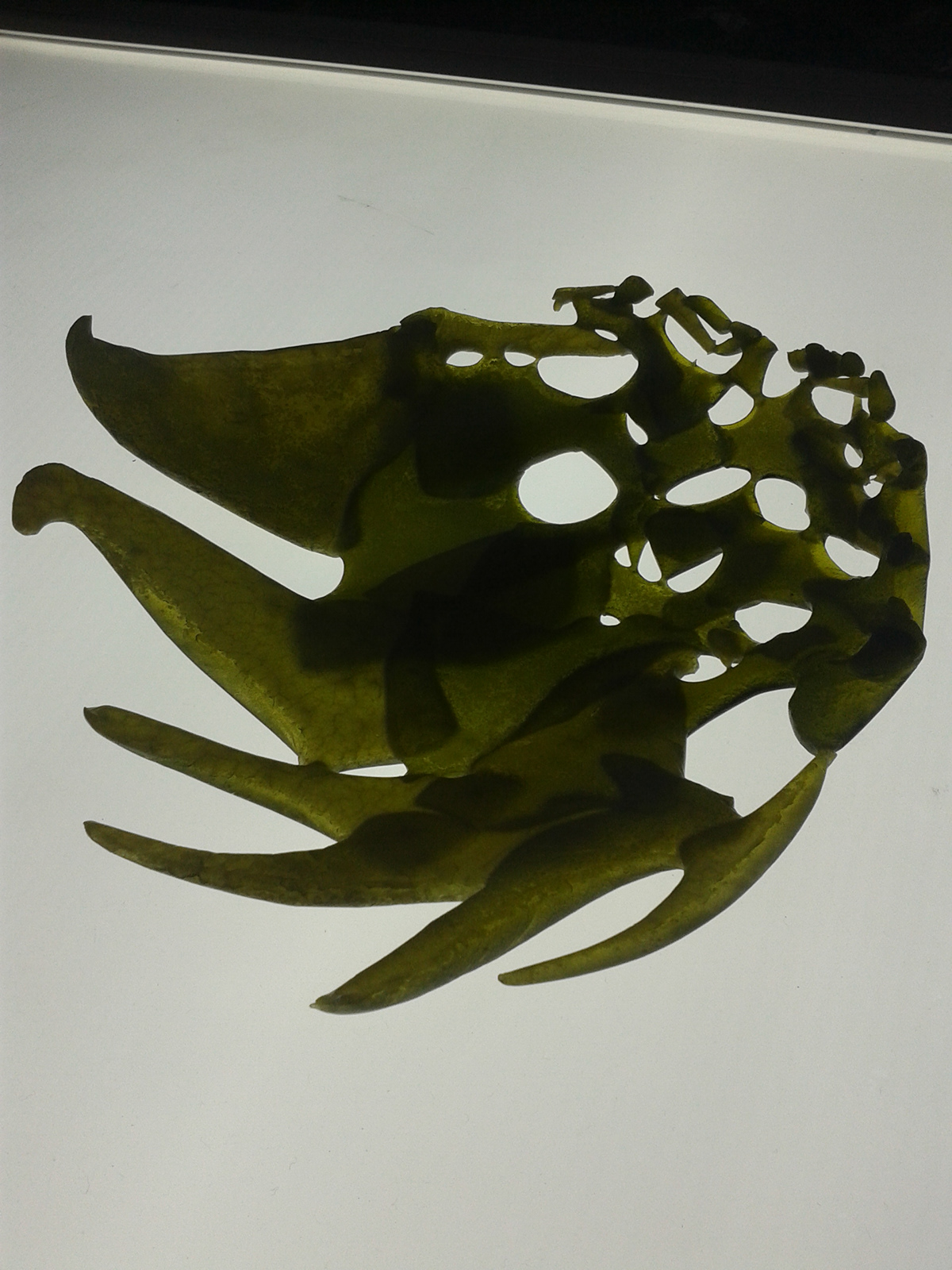
Once cooled down and taken out of the kiln, I decided to position my piece on a lightbox to enable the greatest amount of light to hit the glass- hopefully producing really detailed photos of my outcome.
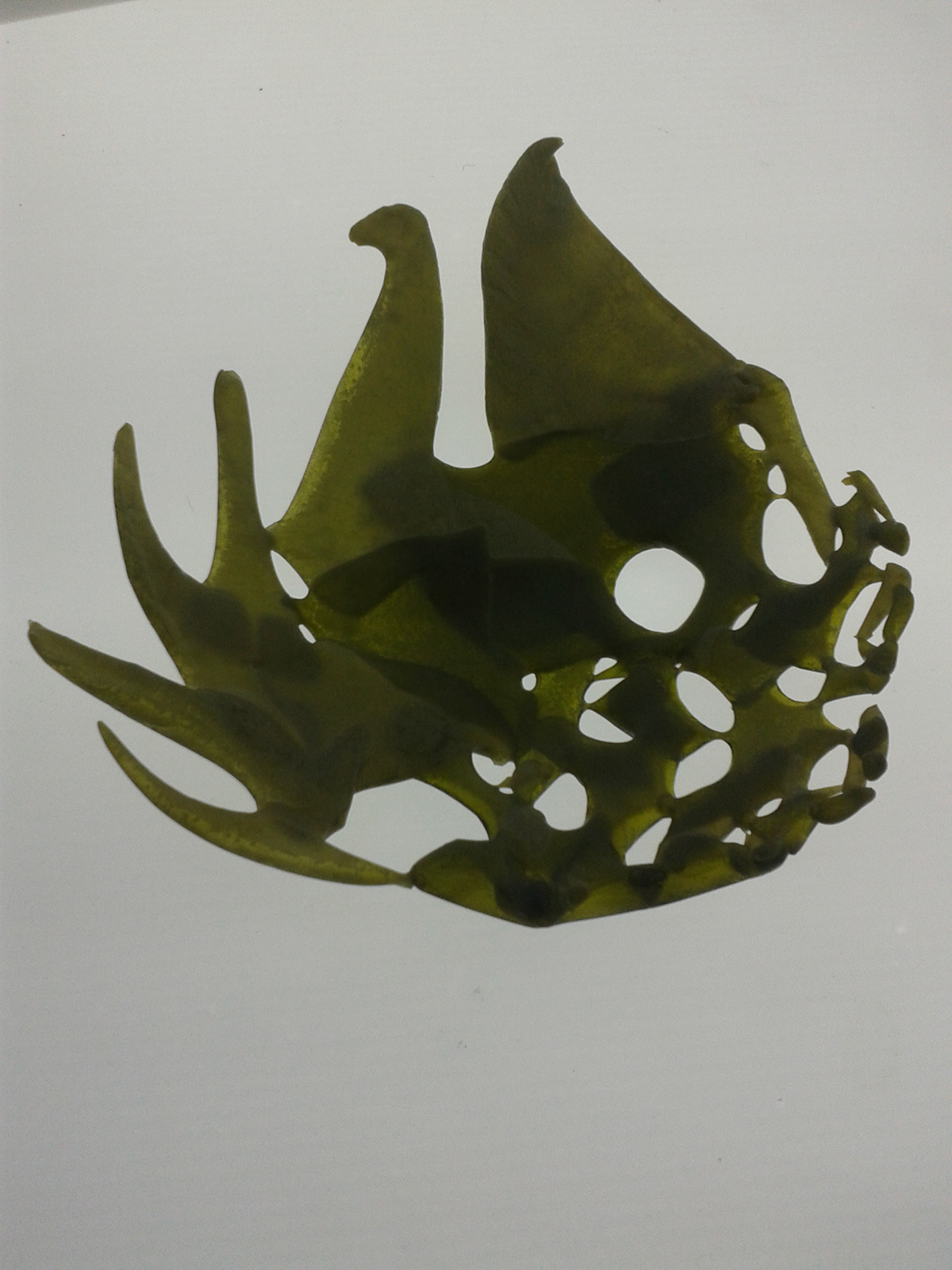
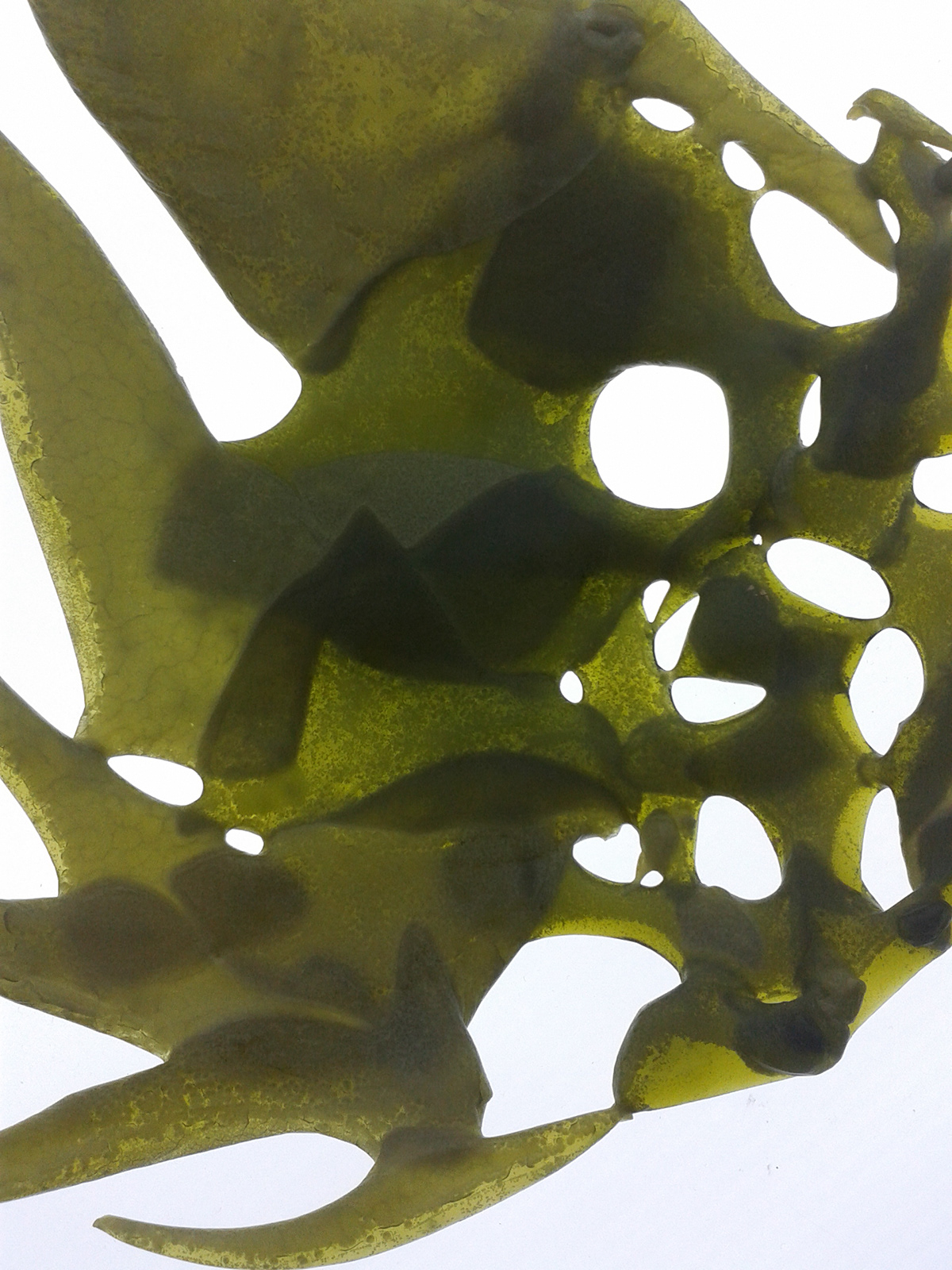
I really like the photos I've taken where you can see close up detail of the glass segments and where they overlap and have the thinnest points etc. I am half surprised that the texture of the glass came out the way it did because you look at glass and assume it is prefectly smooth; but if you think about where it's come from, you can imagine the sand particles would be visible after melting it down again.
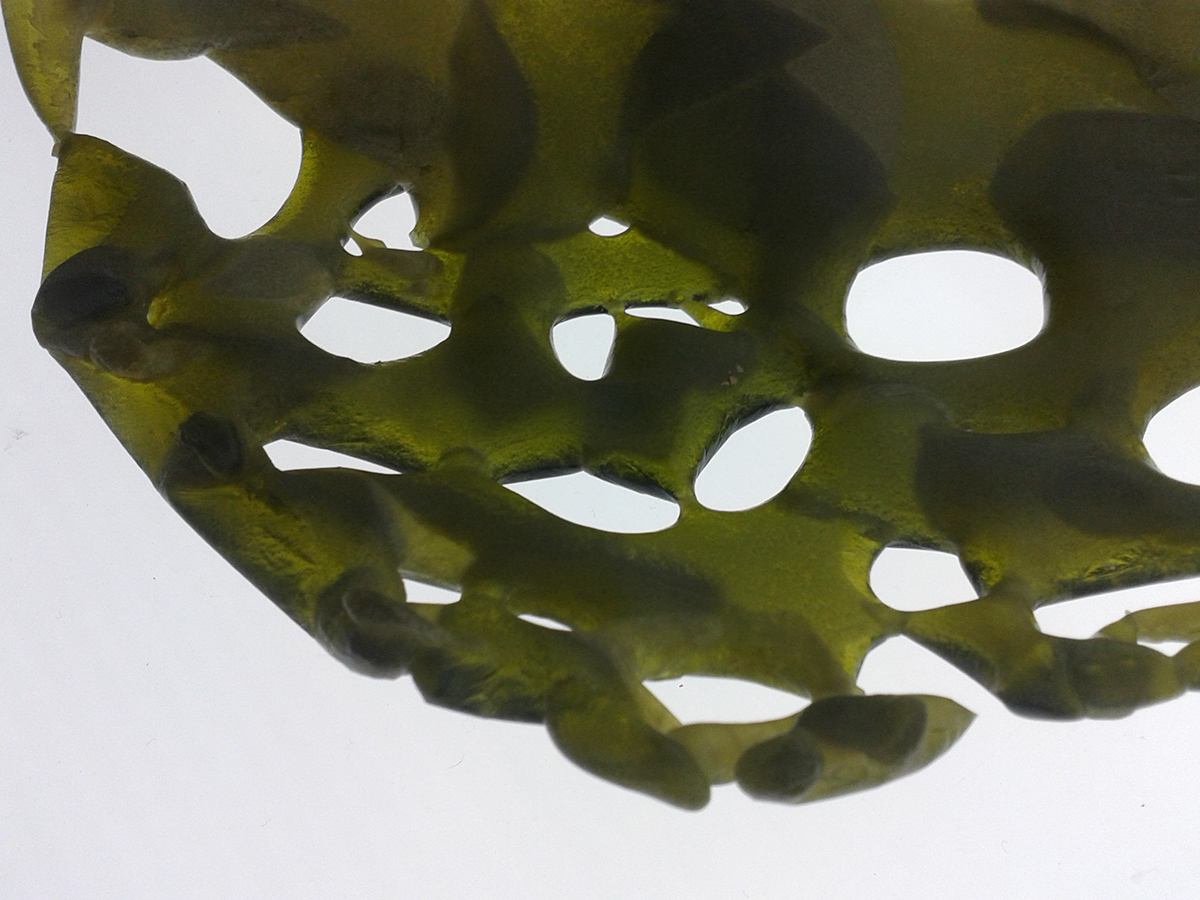
The smaller and chip-like segments I sprinkled on one side have all fused themselves together with each other, creating almost perfect ovals- something I definitely didn't expect from broken glass!
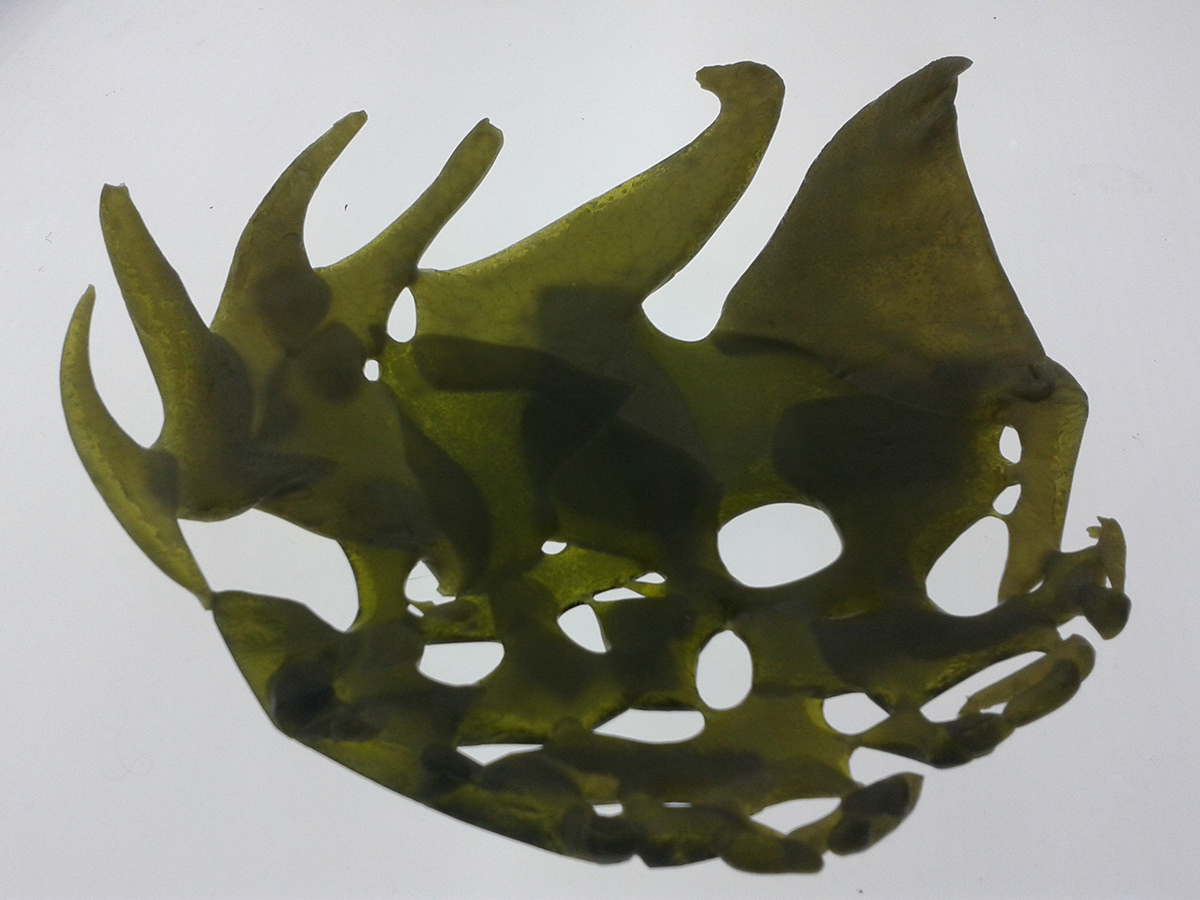
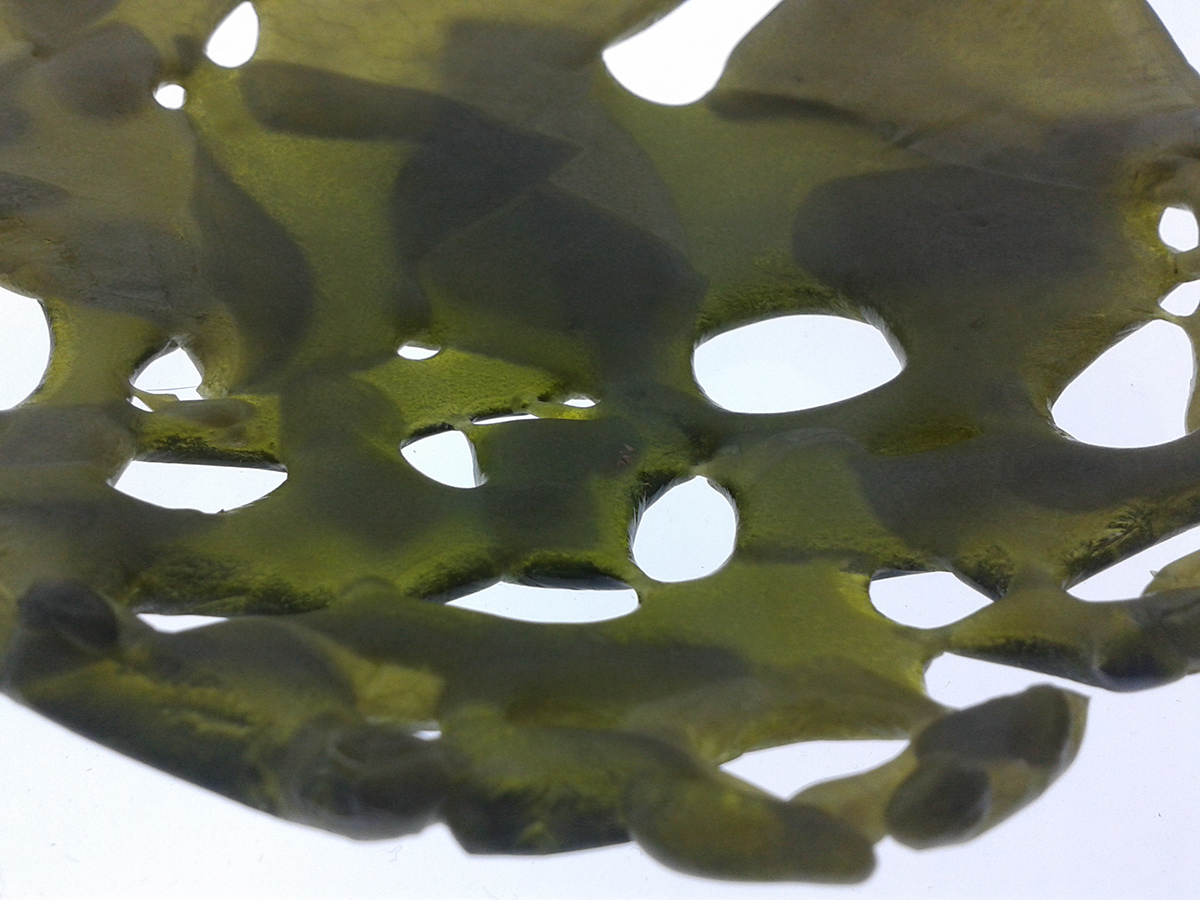
Looking like a lattice effect, if I had thought about my arrangement more carefully before putting into the kiln, I could have made a completely lattice aesthetic bowl to put fruit in or display candles etc.

It fascinated me that although I thought both the inside and the outside of the glass bottle would be the same texture and look the same once they had melted; that actually the inside produces a much paler colour of glass. I guess it is something to do with the particles on the inside being squashed for the inside and the outside being stretched- but I'm not sure so that is something I shall look into!
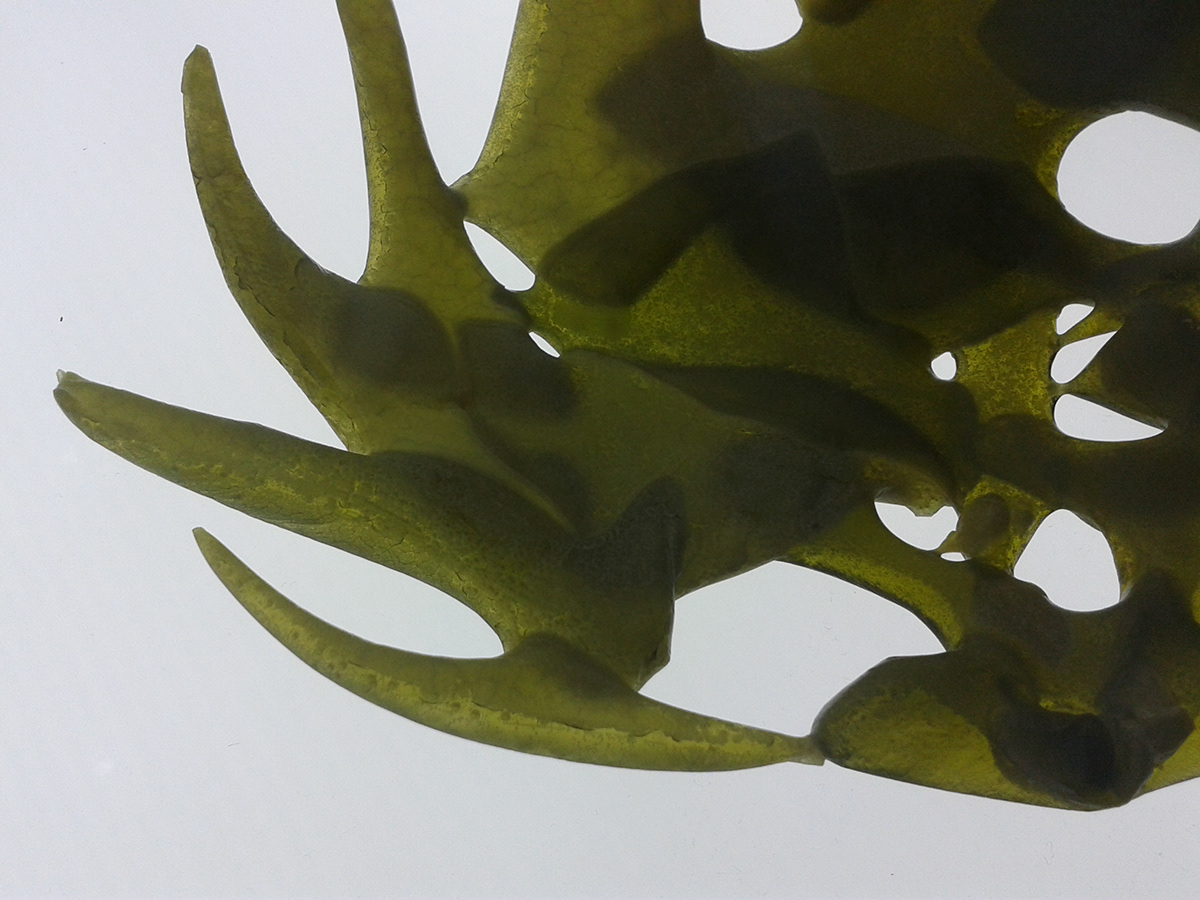
This side of my design reminds me of feathers- although these aren't smooth to touch.
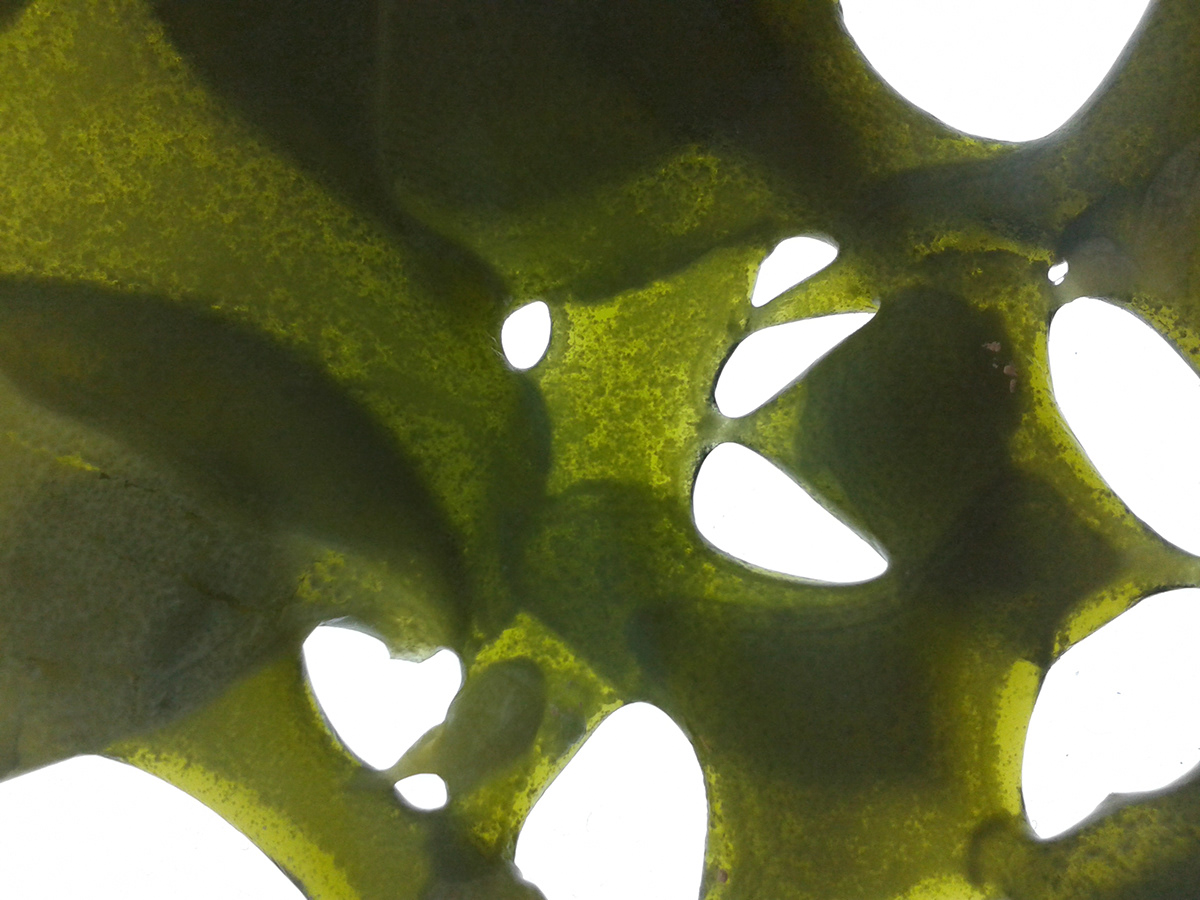
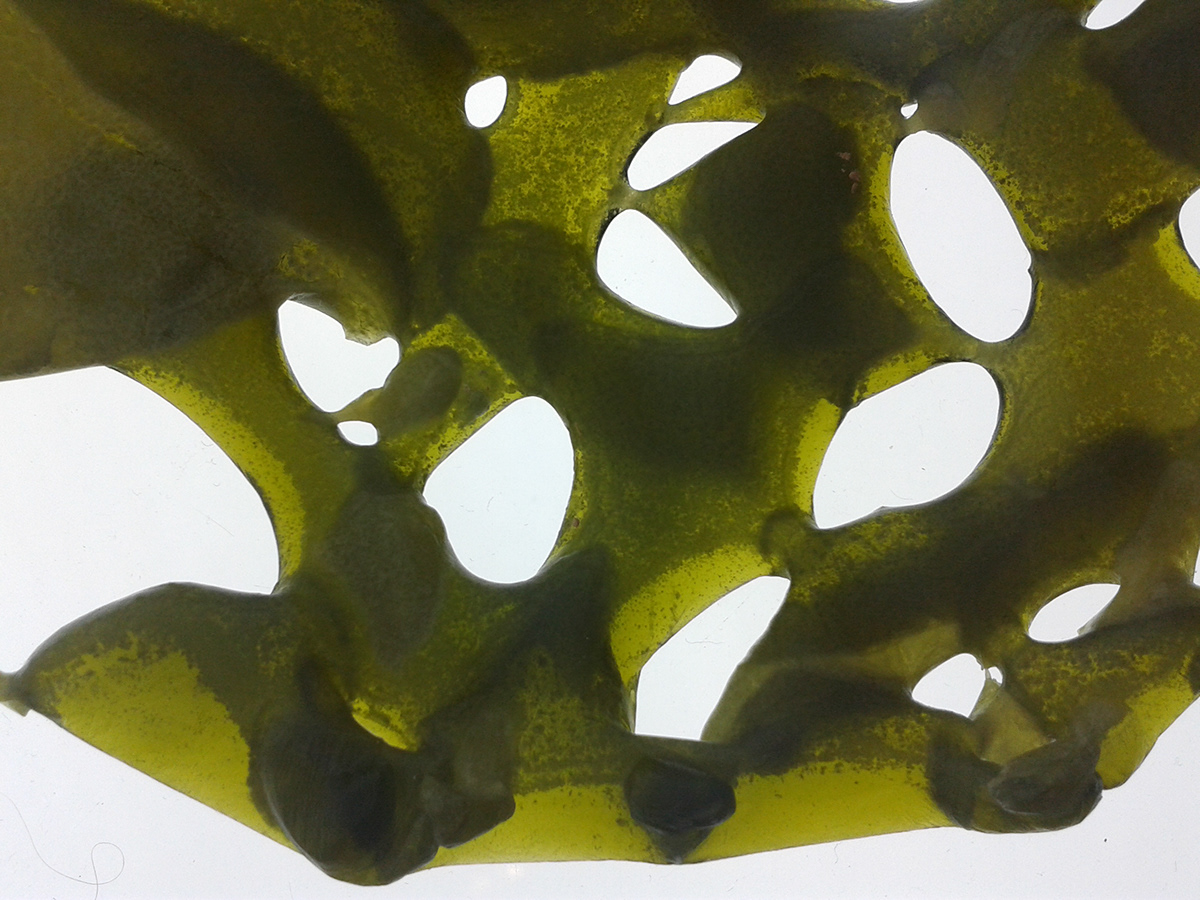
Going even closer to the glass, I now realise it looks similarly to a kalidoscope; the only change I could make to change this into a kalidoscope is to add more tones of glass or by creating another few pieces in different colours and placing them on top of one another.
Building the layers into a kalidoscope may prove difficult though, for the light to get through so many layers, it would be tricky to ensure the bottom layer is as bright as the top unless the glass were really thin.

I really like the final outcome of this glass design and hope to make further kiln formed glass in the future; hopefully working into 3D and more colour and tonal work too.


